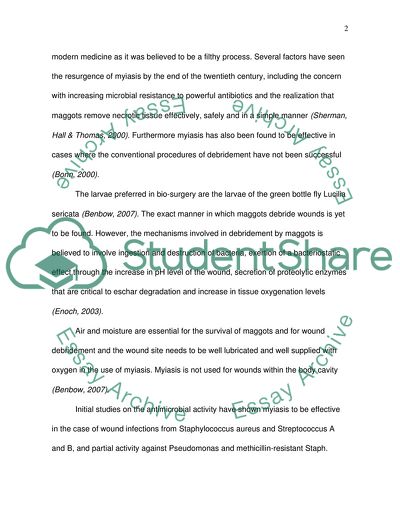Cite this document
(Implications of the Use of the Myiasis for Nurse and Patient Term Paper, n.d.)
Implications of the Use of the Myiasis for Nurse and Patient Term Paper. Retrieved from https://studentshare.org/nursing/1713989-nursing-wound-pain-management
Implications of the Use of the Myiasis for Nurse and Patient Term Paper. Retrieved from https://studentshare.org/nursing/1713989-nursing-wound-pain-management
(Implications of the Use of the Myiasis for Nurse and Patient Term Paper)
Implications of the Use of the Myiasis for Nurse and Patient Term Paper. https://studentshare.org/nursing/1713989-nursing-wound-pain-management.
Implications of the Use of the Myiasis for Nurse and Patient Term Paper. https://studentshare.org/nursing/1713989-nursing-wound-pain-management.
“Implications of the Use of the Myiasis for Nurse and Patient Term Paper”. https://studentshare.org/nursing/1713989-nursing-wound-pain-management.


